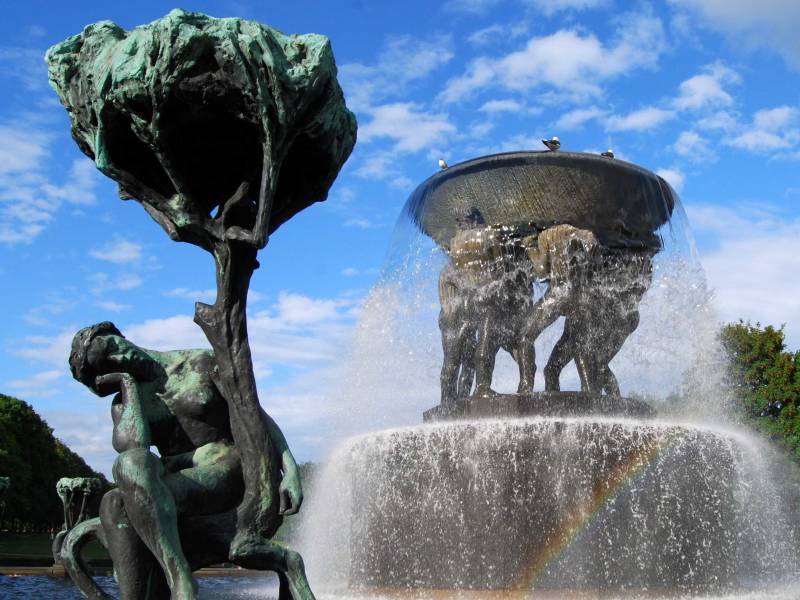
Vigelandsparken
Provided by:
GuideToGo AS

Join this walk in one of Europe's most famous sculpture parks. Here you will find out more about Gustav Vigeland, the park and the sculptures. Good trip :-)
Audio guides available in:
Norsk bokmål, Français, Deutsch , Español, Italiano, English (British)
Route available for purchase at the Voice of Norway store.